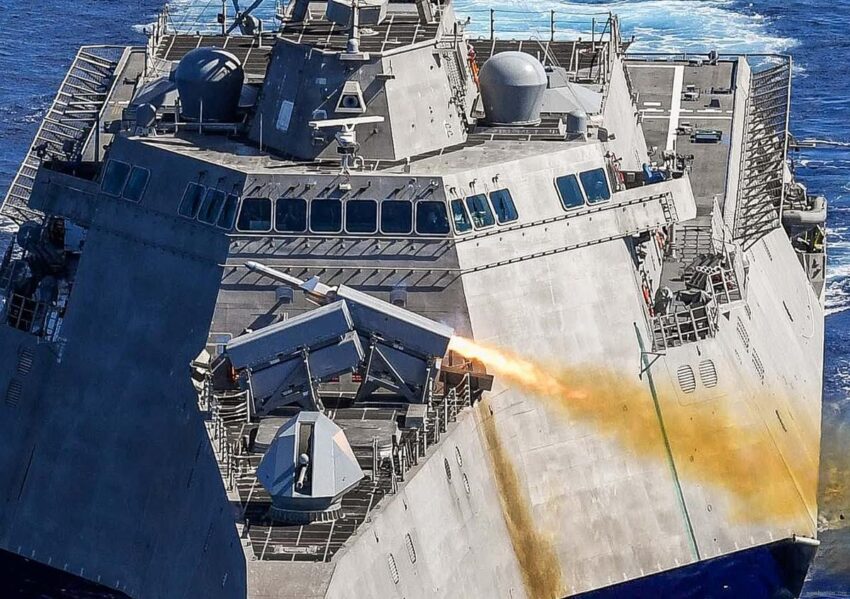Norway and Germany Join Forces for Naval Strike Missile Maintenance
Norway and Germany have officially forged a partnership aimed at enhancing the maintenance of the Naval Strike Missile (NSM), developed by the Norwegian defense firm Kongsberg. This significant agreement was established in Luxembourg under the auspices of the NATO Support and Procurement Agency (NSPA). The collaborative initiative focuses on bolstering cost efficiency while ensuring the long-term sustainability of NSM operations.
The Norwegian government has highlighted the numerous benefits of a joint maintenance program facilitated by NSPA. This collaboration not only streamlines the procurement process for spare parts but also enhances configuration management and encourages data sharing among partners. Additionally, the partnership offers an open invitation to other nations that currently utilize or are interested in acquiring the missile system. According to the Norwegian Defence Materiel Agency, there is notable interest from several countries, with potential participants including the Netherlands, Belgium, Denmark, and the United Kingdom.
Features of the Naval Strike Missile
Kongsberg’s NSM is designed for flexibility, capable of targeting threats from both land and maritime platforms, even in proximity to coastal areas. With its autonomous target recognition capabilities, the missile operates at high subsonic speeds, making it a formidable asset for naval forces. The NSM has a weight of 407 kilograms (897 pounds), spans approximately 3.96 meters (13 feet) in length, and boasts an impressive operational range exceeding 100 nautical miles (161 miles or 185 kilometers).
These advanced specifications position the NSM as a critical component within modern naval warfare, allowing forces to engage targets effectively from significant distances. The combination of its technological prowess and strategic versatility underscores the importance of maintaining and enhancing the missile system through international collaboration.
Innovating for the Future: New Developments in Missile Technology
Norway and Germany are not only focusing on maintenance but also on the evolution of the NSM. The two nations are collaborating on upgraded versions, aimed at expanding the missile system’s capabilities further. In 2023, Oslo unveiled plans to jointly develop a next-generation naval strike missile in partnership with Berlin.
This upcoming system, named the Supersonic Strike Missile Tyrfing, is being led by Kongsberg and is anticipated to be operational by 2035. This ambitious project exemplifies the ongoing commitment of both countries to retaining cutting-edge technological advancements in naval strike capabilities, ensuring they remain at the forefront of defense innovation.
Germany’s Previous Acquisitions and Future Prospects
In addition to the current partnership developments, Germany has previously engaged with Kongsberg to bolster its maritime defense capabilities. In 2021, the country placed a substantial order for NSM Block 1A anti-ship guided missiles, intended for equipping its Class 124, 125, and 126 frigates. This acquisition reflects Germany’s strategic investment in enhancing its naval armament.
The ongoing collaboration between Norway and Germany, coupled with other nations’ interest in the NSM, suggests a robust future for the missile program. As these partnerships continue to develop, the emphasis on shared technology and joint maintenance initiatives may redefine operational standards across allied naval forces.







